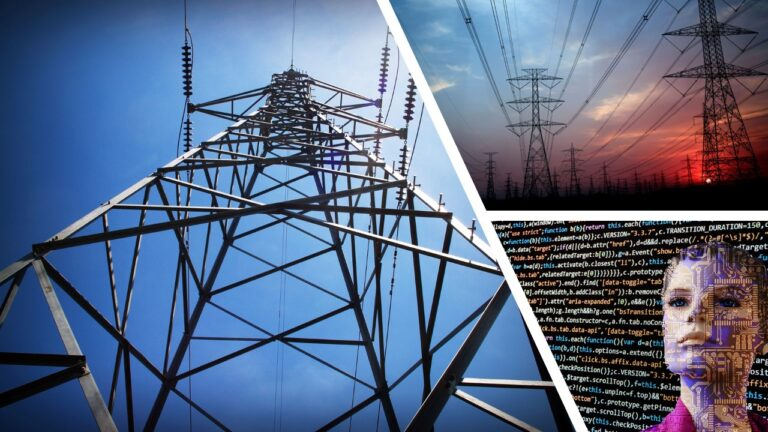Forecasting Day-Ahead Electricity Metrics with Artificial Neural Networks

THE PROBLEM/CHALLENGE
The day-ahead energy market lets market participants commit to buy or sell wholesale electricity one day before the operating day, to help avoid price volatility. Consumption (load) prediction models using ML and HPC are widely used in electricity production and distribution systems, power plants, markets, energy usage estimation, and other fields. Forecasting day-ahead electricity prices and loads creates basis for decision making in this process and using artificial neural networks (ANN) for the price/demand anticipation is increasingly explored
The experiment examines the efficiency of time-series prediction models when given the dataset of hourly values, connected to day-ahead market of electrical energy. It presents processing and windowing of the data to fit the prediction models, describes the specifics of the day-ahead market of electrical energy, and more closely describes the way each of the used neural network models works.
SOLUTION:
The solution explores the use of artificial neural network architectures for day-ahead electricity price and demand prediction. The authors compare different neural network models using the same datasets and metrics to evaluate their efficiency in forecasting electricity metrics. The study finds that neural networks show promising results for short-term prediction, with architectures combining fully connected layers and recurrent neural or temporal convolutional layers performing the best. Temporal convolutional networks show potential for further exploration in this field. The research highlights the importance of standardized comparison methods for forecasting algorithms and presents a fair comparison of multiple ANN approaches. The datasets used include the Hungarian HUPX market day-ahead price dataset and the Montenegrin dataset for load prediction.
Research efforts are supported by industry domain experts, who provided price and load datasets, understanding of problem of day-ahead consumption, spot price prediction and volatility of the electricity market.

In addition to traditional neural networks and recurrent neural networks with LSTM cells, it is also created and tested the performance of temporal convolutional neural (TCN) model, as a relatively new approach to time-series prediction. In addition, in order to evaluate ANNs usage, naive and linear regression models are created for the same dataset for the benchmark and validation purpose. When predicting electricity load, models are compared to the official prediction supplied by the ENTSO-E transparency platform.

In this research, naive and linear regression models are compared with ANN models to assess the value of using ANNs for these predictions. Neural network models shown significant improvement in accuracy compared to naive models, linear regression, and in the case of the consumption dataset, official prediction. Temporal convolutional layers and LSTM layers, both in combination with fully connected layers, demonstrated the best performance for both prediction tasks. The results shown promising efficiency of AI and ML for the task of short-term prediction of electricity metrics.
BENEFITS:
- Accurate electricity price forecasting could help the energy market participants to reduce price risks and maximize profits.
- HPC and ML based electricity market metrics could provide timely information to all entities interested in trading electricity and financially binding day-ahead prices.
- HPC provides time saving, 10x or more, allowing for faster calculation of prediction models and calibration on daily basis.

